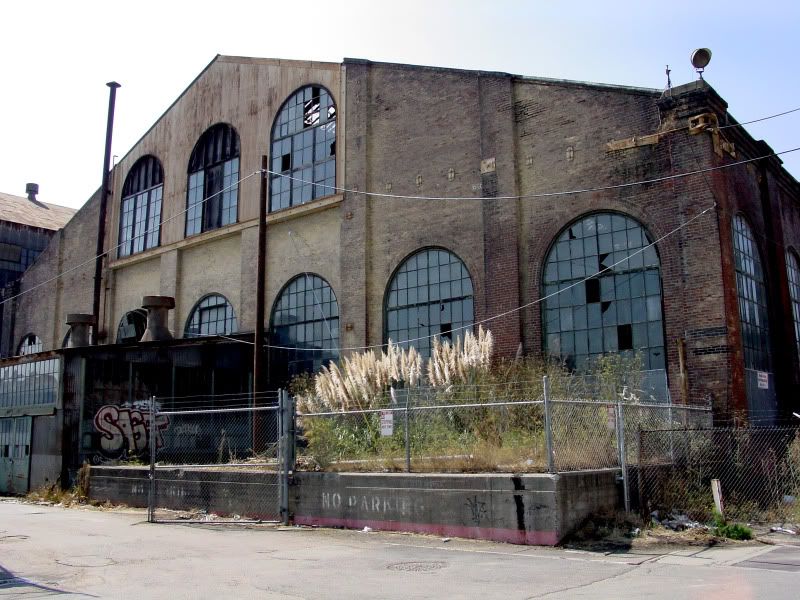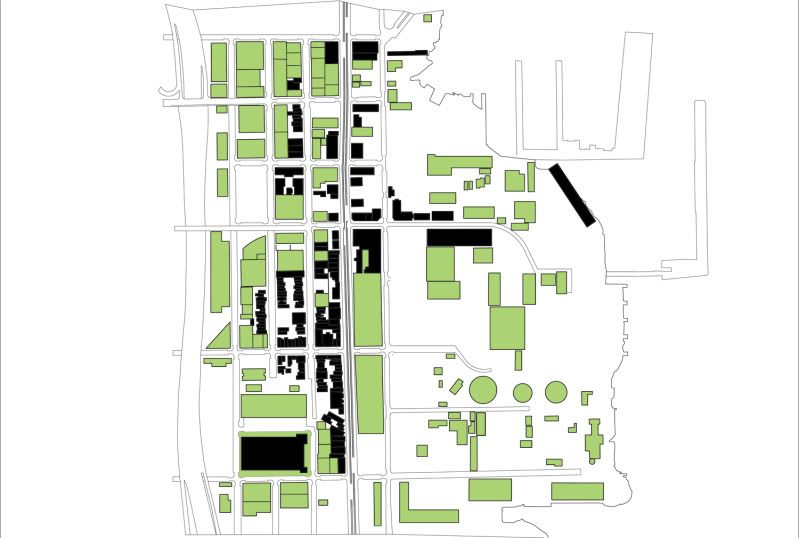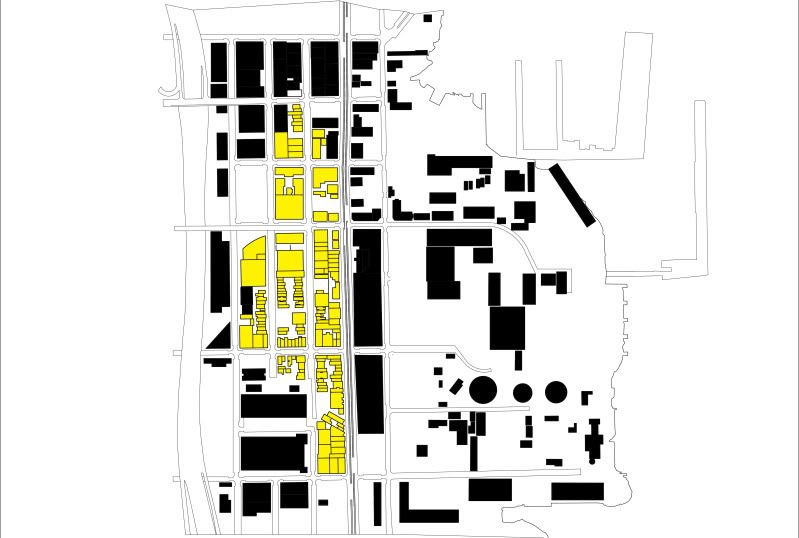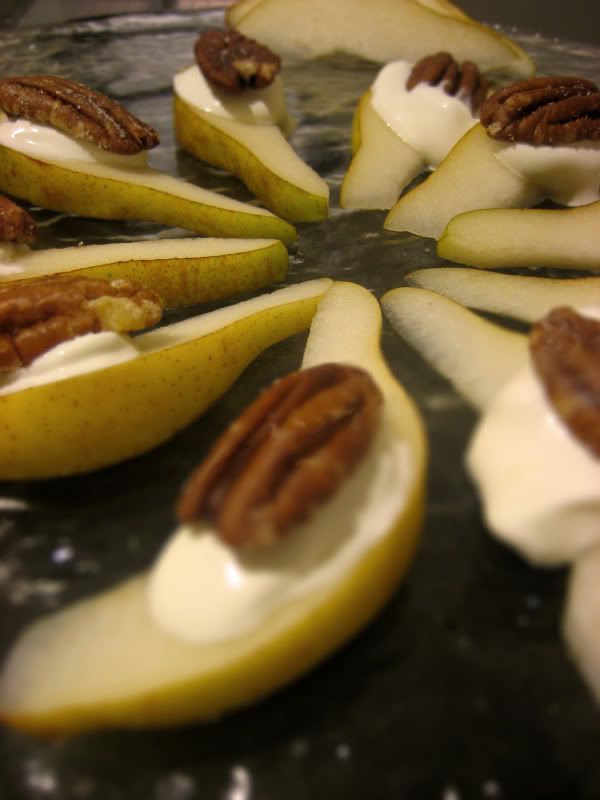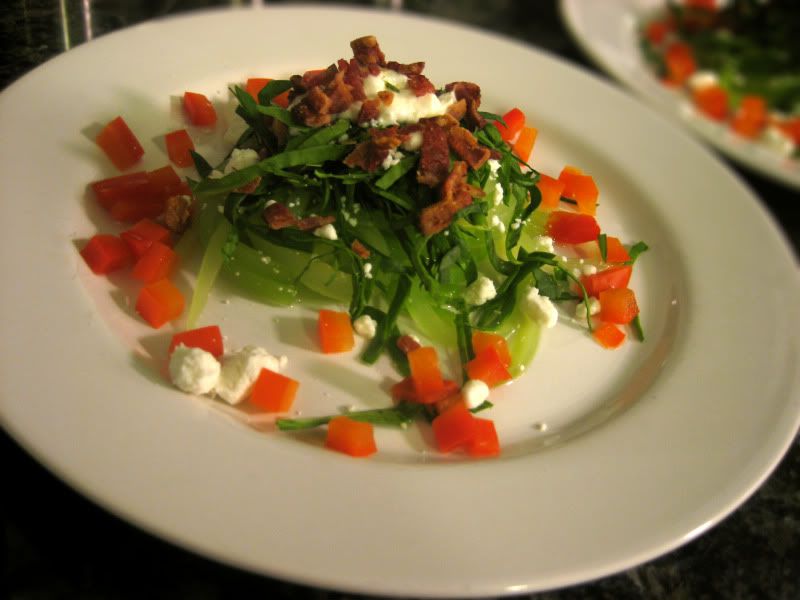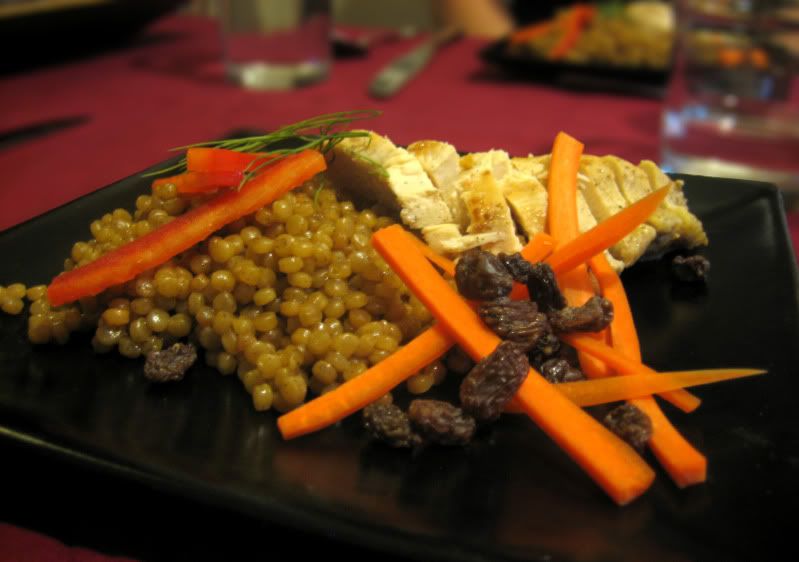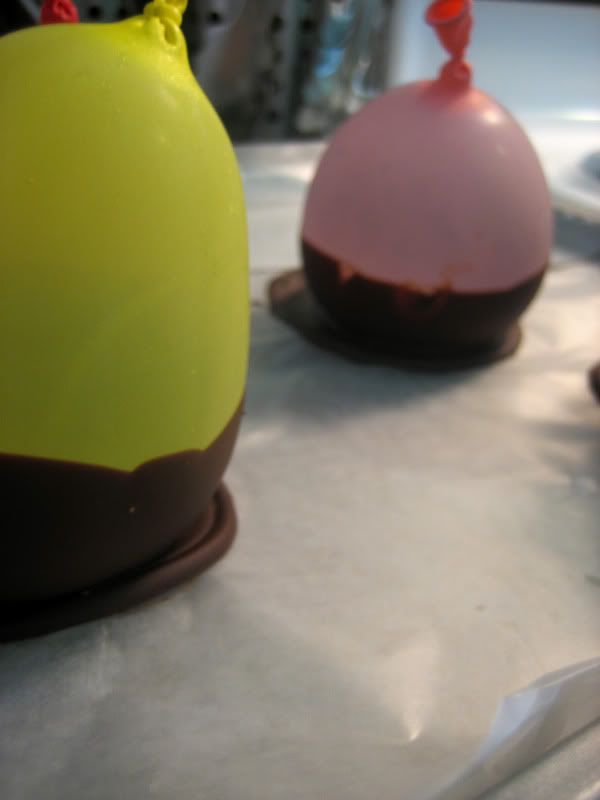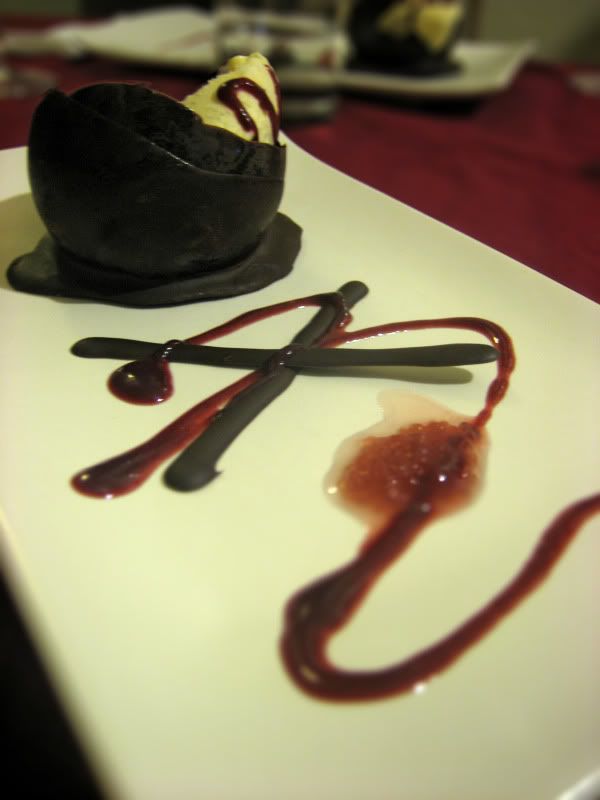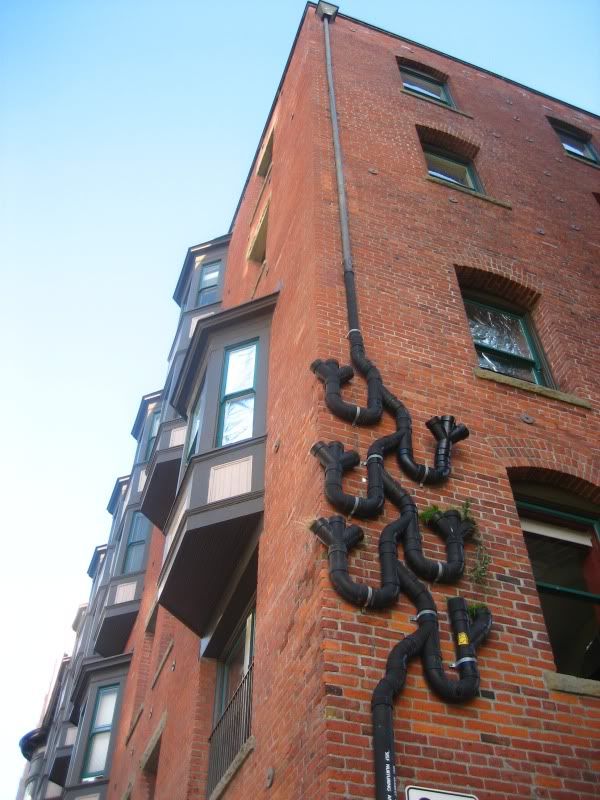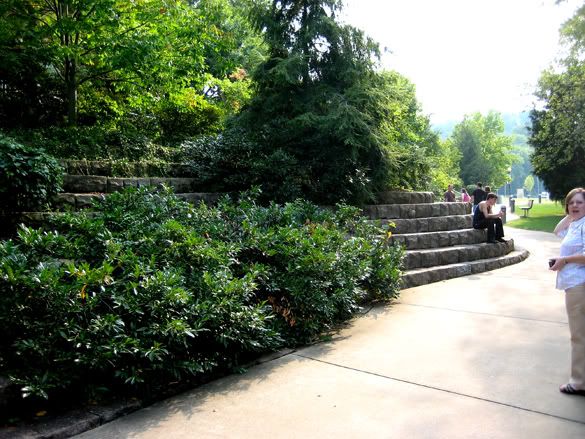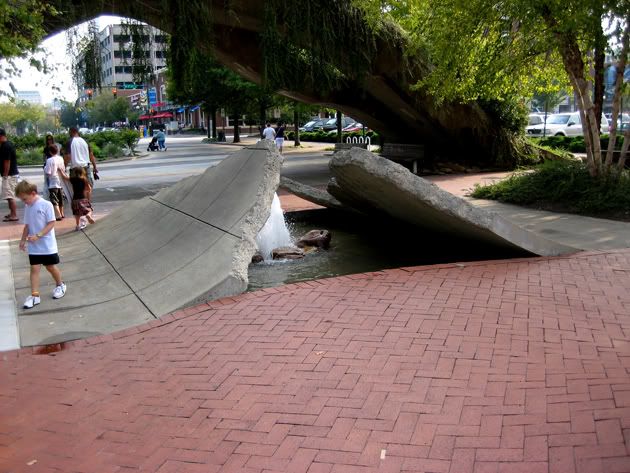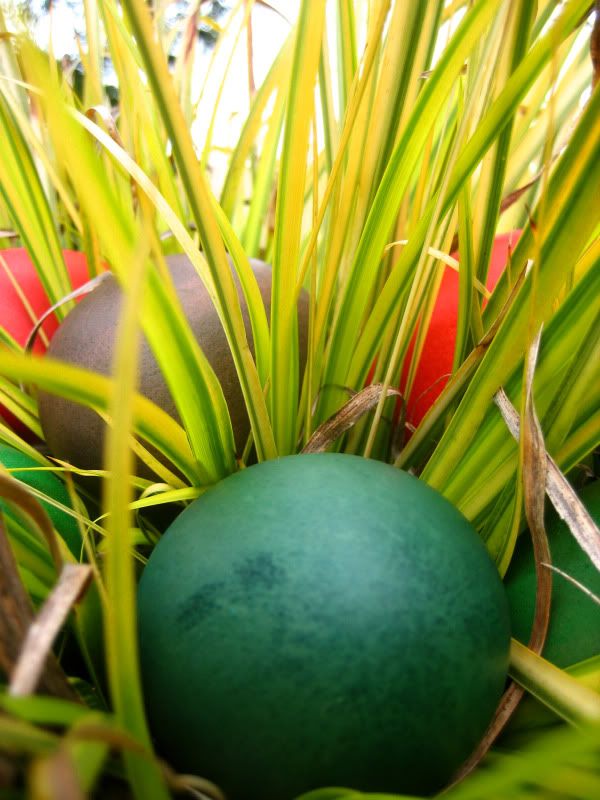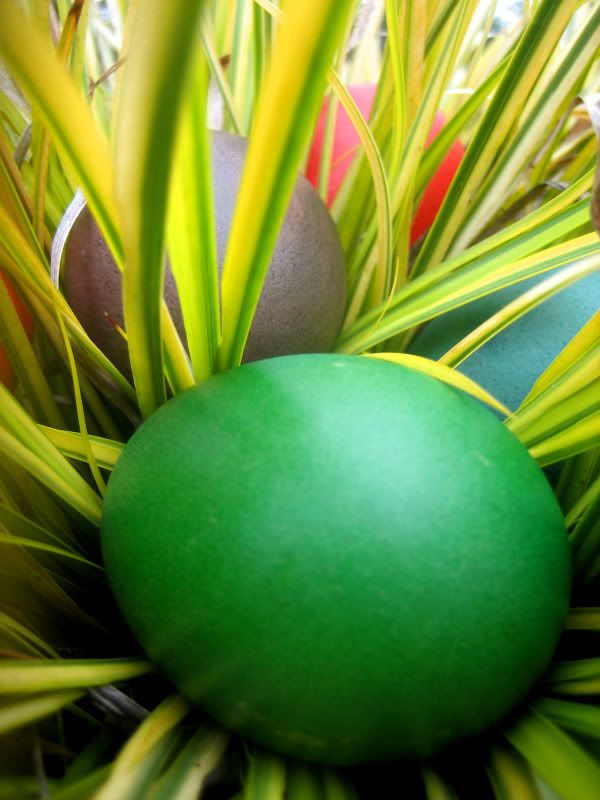Last we spoke of the project [10_0412 | revisiting the central waterfront pt 1] I introduced my site through a video showing the visual character and some issues facing the Central Waterfront. In the interest of brevity, I will summarize the site:
- 300 acres on the east side of San Francisco
- Mostly industrial [production, distribution, and repair services]
- Highest concentration of historical buildings on the west coast
- Contains the historic Dogpatch neighborhood
- Contains the 2nd largest operable dry dock on the west coast
- Maritime industry is crucial to city/region
- Beautiful 19th century industrial architecture [should be maintained]
- Minimal residential or live-work units
I could go on and on, but these are the key points to keep in mind. My site immediately faced several challenges: historical preservation, adaptive re-use, and maintaining a fading use within the city: industry. The neighborhood was decrepit and falling apart. It needed a facelift bad. Also, there were barely enough services to maintain the residential population. I had a goal to bring life to the Central Waterfront as a local and regional attraction through unique uses, increased residential density, and mixed-use development. The idea would be that it would become a great place to live, work, play, or visit.
My plan for the Central Waterfront focused on three things: 1. Respecting and embracing its rich cultural and marine heritage while planning for a new future. 2. Turning it into the freshest and ‘coolest’ neighborhood in San Francisco. 3. Connecting the area to the region through trails, rails, and wheels. I decided to develop the waterfront [which is currently occupied by industrial uses] and bring several new uses to this area: an aquarium; an outdoor venue for festivals, concerts, and shows; a green corridor for biking/running/walking/etc; a museum and technology center; and an indoor market. I also included varying densities of mixed-use, residential, and commercial development, several parks, and plans for preserving the Dogpatch neighborhood. These new uses would embrace the past but also plan for a new Central Waterfront. The aquarium, museum, and venues would bring visitors from near and far, while the new development would make it a great place to live. With the program complete, it was time to put pen to paper and get a design going…
Example of the 19th century industrial architecture building stock common to
the Central Waterfront
Industrial buildings in the Central Waterfront
Historical buildings [as recognized by the National Register]
The Historical Dogpatch Neighborhood
